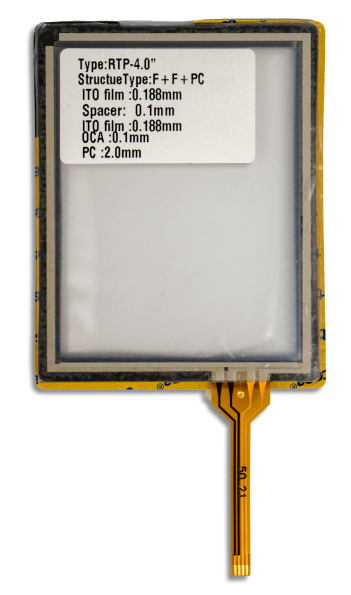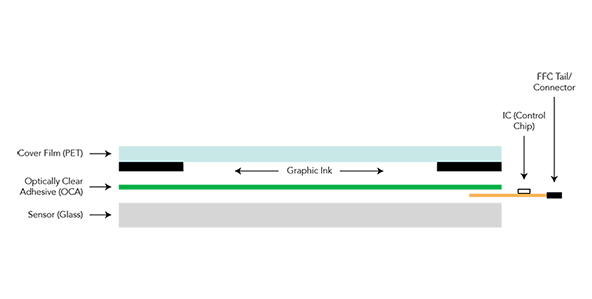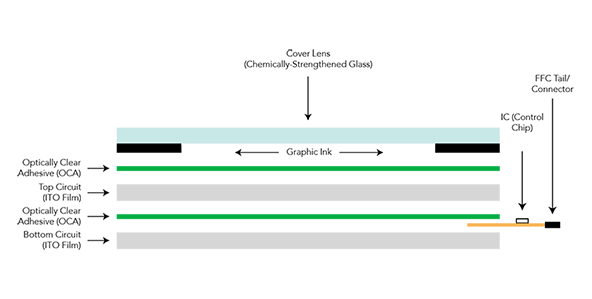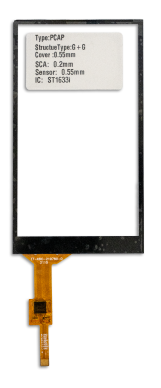Manufacturing Custom Solutions

Butler Technologies, Inc. manufactures quality custom touch screens for user interface projects. From design conception through to production, our team can help you incorporate a durable touch screen that will best meet the needs for your product.
Example Applications

A touch screen as an electronic input device usually layered on top of the visual display of an information processing system.
Touch screens give the user control of a device through simple or multi-touch gestures. They enable the user to interact directly with what is displayed rather than using a mouse, trackpad, or other separate components.
Download our Data Sheet
Download Now
Resistive Film to Glass

Capacitive Film to Glass

Resistive Film to Film and Stiffener

Capacitive Glass to Film plus Film

Film for Top and Bottom Layers (Circuits)
Standard conductive ITO-coated glass
Chemically strengthened conductive ITO glass.
Other additions to a touch screen device can include displays such as LCD, LCD-TFT, or a combination of overlays with a switch, display, or bezel.
Go in-depth on the different types of touch screens here.
With all the different customization options and use cases, it might seem overwhelming.
Contact our expert team today and take the pressure off yourself.